Learn how to grow and care for the beautiful Tulip tree with this step-by-step guide. Get tips on planting, watering, pruning and more to ensure your tulip tree thrives.
The tulip tree, also known as the yellow poplar or Liriodendron tulipifera, is a stunning addition to any landscape. With its tall, straight trunk and pyramidal shape, this deciduous tree is a sight to behold. But beyond its beauty, the tulip tree offers shade, attracts wildlife and adds value to your property. If you’re considering growing one, this step-by-step guide will help you through the process.

Here’s a short information chart:
| Attribute | Information |
|---|---|
| Botanical Name | Liriodendron tulipifera |
| Plant Type | Deciduous tree |
| Soil Type | Well-drained, fertile soil |
| Color Varieties | Green foliage, yellow-green flowers with orange markings |
| Zones | 4-9 (USDA Hardiness Zones) |
| Exposure | Full sun to partial shade |
| Bloom Time | Late spring to early summer |
| Height/Spread | 70-90 feet tall / 30-50 feet wide |
Step 1: Choose the Right Location
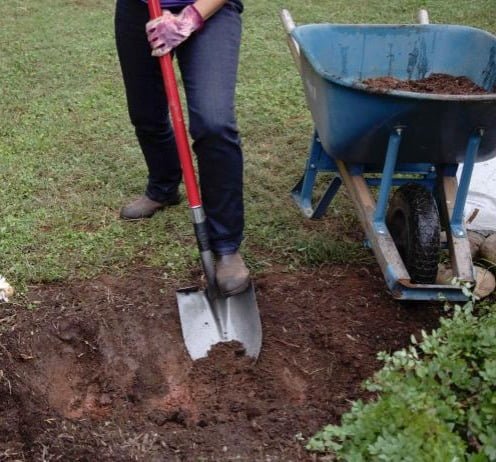
Like any tree, the tulip tree has specific site requirements to ensure its success. Here are a few factors to consider when selecting a planting spot:
Sunlight: Tulip trees thrive in full sun to partial shade. They prefer at least 6 hours of direct sunlight per day.
Soil: Well-draining, fertile, and slightly acidic soil is ideal. Tulip trees don’t tolerate wet or compacted soil.
Space: These trees can grow up to 80 feet tall and 40 feet wide. Make sure to plant them at least 20 feet away from buildings, power lines and other trees.
Climate: Tulip trees are hardy in USDA zones 4 to 9 and prefer a moderate, temperate climate.
Step 2: Prepare the Planting Site
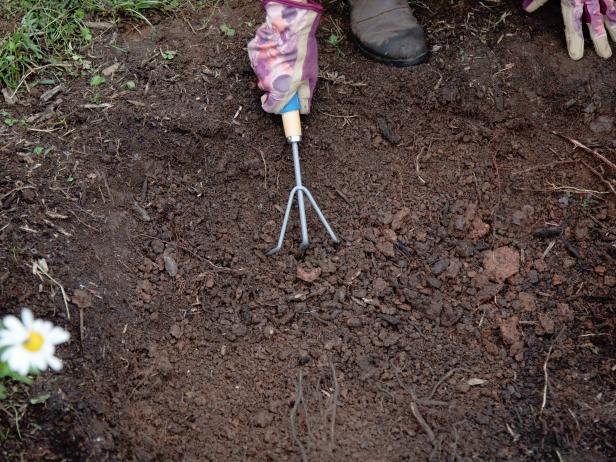
Once you’ve chosen the perfect spot, it’s time to prepare the planting site. Here’s how:
Dig a hole that’s twice as wide as the root ball and slightly shallower than the height of the root ball. Rough up the sides of the hole to help the roots penetrate the soil easily. Mix the removed soil with compost or well-rotted manure to improve drainage and nutrient content.
Step 3: Plant the Tulip Tree

Follow these steps to ensure proper planting:
Carefully remove the tree from its container, loosening any tangled or circling roots. Place the tree in the hole, making sure the root flare (where the trunk meets the roots) is slightly above ground level. Backfill the hole with the amended soil mixture, packing it firmly around the roots to eliminate air pockets. Create a shallow basin around the trunk to help retain water. Water the tree deeply, saturating the root zone.
Step 4: Mulch and Stake
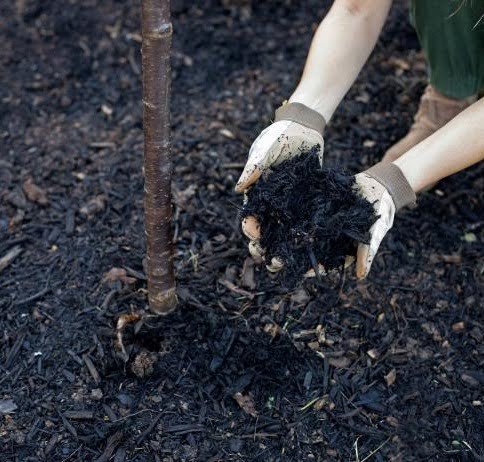
Mulching and staking can help your tulip tree establish itself more quickly. Here’s how:
Mulch: Apply a 2-4 inch layer of organic mulch (such as wood chips or shredded bark) around the tree, keeping it a few inches away from the trunk. This helps retain moisture and suppress weeds.
Stake: For the first year, stake the tree to prevent it from blowing over in strong winds. Use two or three sturdy stakes and flexible ties, being careful not to damage the bark.
Step 5: Water and Fertilize
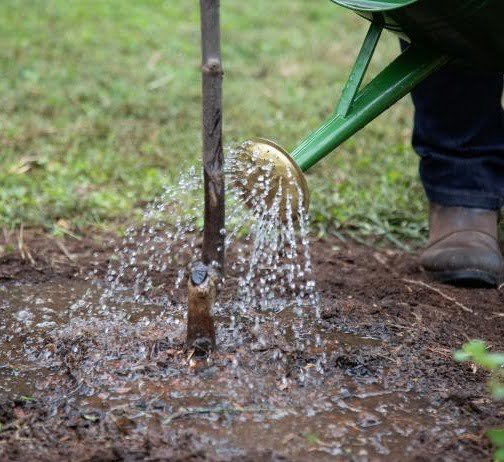
Proper watering and fertilization are crucial for the health and vigor of your tulip tree. Follow these guidelines:
Watering: Water your tulip tree deeply once a week during the first year, providing about 1-2 inches of water. Established trees can tolerate drought but may need supplemental watering during prolonged dry spells.
Fertilizing: In early spring, apply a slow-release, balanced fertilizer around the tree’s drip line (the area beneath the outermost branches). Follow the package instructions for appropriate amounts.
Step 6: Prune and Maintain

Pruning helps maintain the tulip tree’s shape and encourages healthy growth. Here’s how to prune your tree:
When to prune: The best time to prune is in late winter or early spring before buds emerge. What to prune: Remove any dead, damaged or rubbing branches. Also, thin out crowded or inward-facing branches to promote air circulation and light penetration.
How to prune: Always make clean cuts just above an outward-facing bud or branch junction. Avoid leaving stubs, as they can lead to disease and decay.
In addition to pruning, keep the area around your tulip tree free of weeds and grass, which can compete for nutrients and moisture.
Step 7: Watch for Pests and Diseases
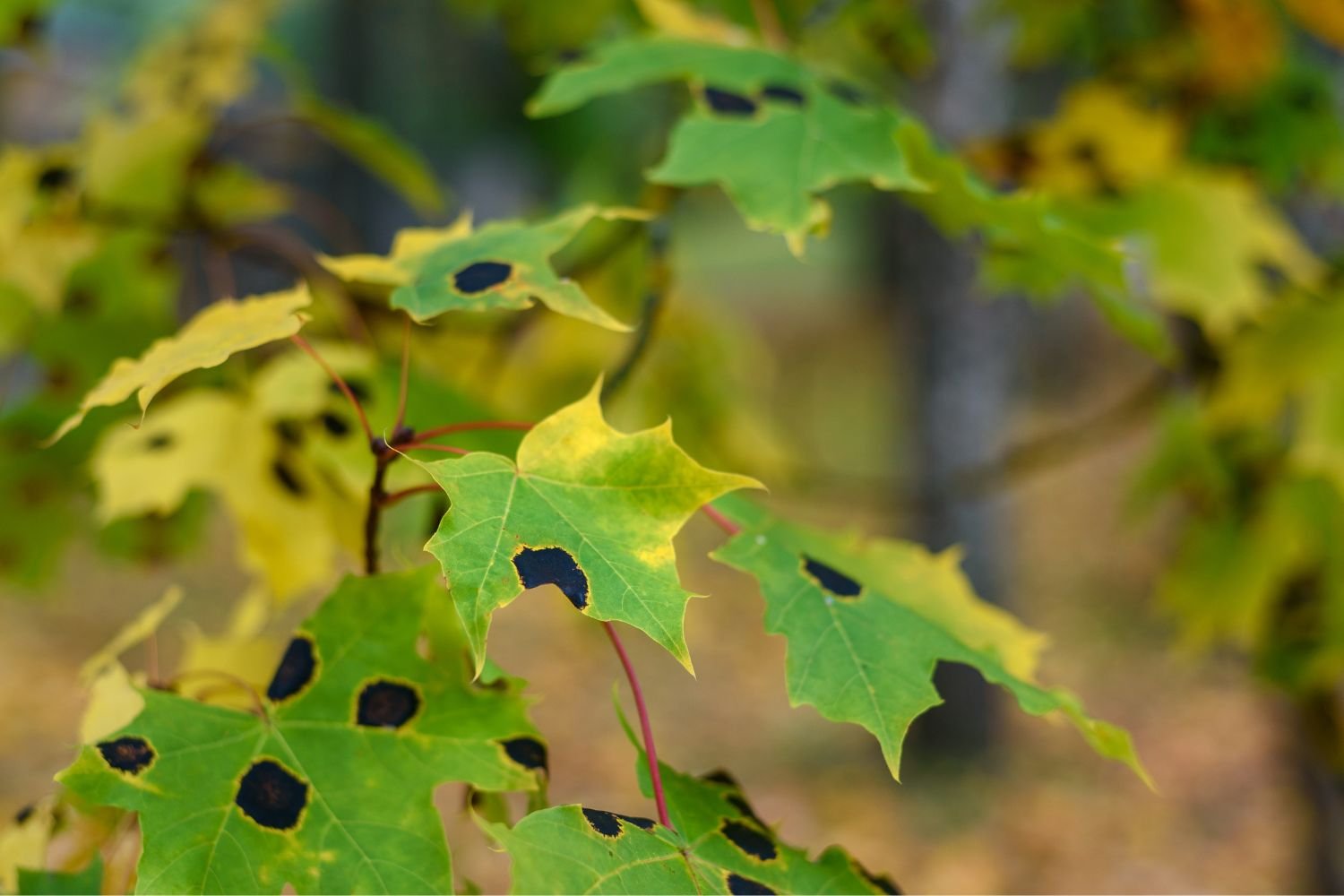
Like any plant, tulip trees can be susceptible to certain pests and diseases. Here are a few common issues to watch out for:
Aphids: These small, pear-shaped insects can infest tulip trees, causing leaf distortion and sticky honeydew. Treat with insecticidal soap or neem oil.
Tulip tree scale: This pest appears as white, waxy bumps on branches and twigs. Prune out heavily infested areas and treat with horticultural oil.
Verticillium wilt: This soil-borne fungus can cause wilting, yellowing, and dieback. There is no cure, but proper watering and sanitation can help prevent its spread.
Leaf spots: Various fungi can cause leaf spots on tulip trees. Rake up and dispose of fallen leaves to reduce inoculum.
By keeping an eye out for these issues and addressing them promptly, you can help keep your tulip tree healthy and vigorous.
With its unique tulip-shaped flowers, vibrant fall foliage, and stately form, the tulip tree is a true gem in the landscape. By following these steps for planting, caring for and maintaining your tulip tree, you’ll be rewarded with a beautiful, long-lasting specimen that will bring joy for years to come.
Pingback: Hyacinth Flowers: Essential Planting and Growing Tips
Pingback: Tulip Flowers Care: From Planting to Blooming Guide
Pingback: Trees That Start with ‘T’: A Guide to Nature’s Treasures - Gardener's School
Pingback: Trees That Start with Y: Natural Beauty Explained
Pingback: How to Grow And Care For Collard Greens - Gardeners Schools
Pingback: Explore 20 Fascinating Flowers Beginning with F - Gardener's School